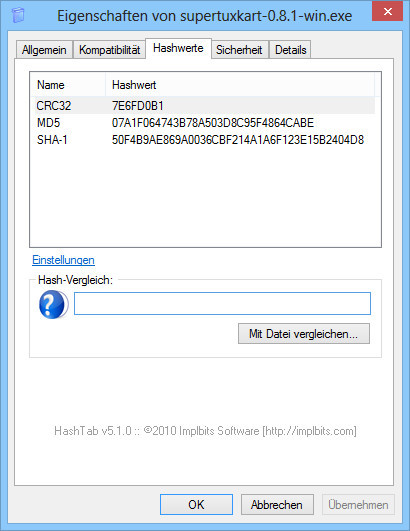


There are several ways to verify the hash value of a file online, including hash checker utilities, and even a command line (Windows 10). An MD5 hash checker can save you from malicious files. Now that we have understood what hashing and MD5 mean, it’s time to take a look at the ways to check the MD5 checksum and the hash value of a file on Windows 10, macOS, and Linux. MD5, SHA1, and SHA256 are the most widely used checksums to verify data integrity.ĭepending on the encryption type, there are several types of hashing. It’s one of the most popular hash algorithms and because of that, it is also more prone to the hash collision problem. It is made up of 32 characters and looks as shown below: The reasons why a file can get corrupted might be a network issue during a file download, or errors that creep in during copying and moving or storing a file on a faulty storage drive.Īs for MD5 checksum is a string of hexadecimal strings (6 + 10 = 16) that contains 6 alphabets ( A to F) and 10 digits ( 0 to 9). Suppose some unauthorized person has modified the original file or it has been corrupted due to a bad download, the checksum value of the file will change. If the signatures don’t match, it means your copy of the file may have been corrupted or has been compromised. Once you have downloaded the file, you can use a hash checker or MD5 checksum utility to compare the hash signature of the original file and your copy of the file. If the uploader of a file has provided that hash for the uploaded file, you can verify it easily. Both are used to ensure the integrity of a file via an alphanumeric string. The purpose of the hashes or hash codes and checksums is the same.
Cek md5 dengan hashtab generator#
Hasher Hash Generator Extension Hashes vs Checksums


 0 kommentar(er)
0 kommentar(er)
